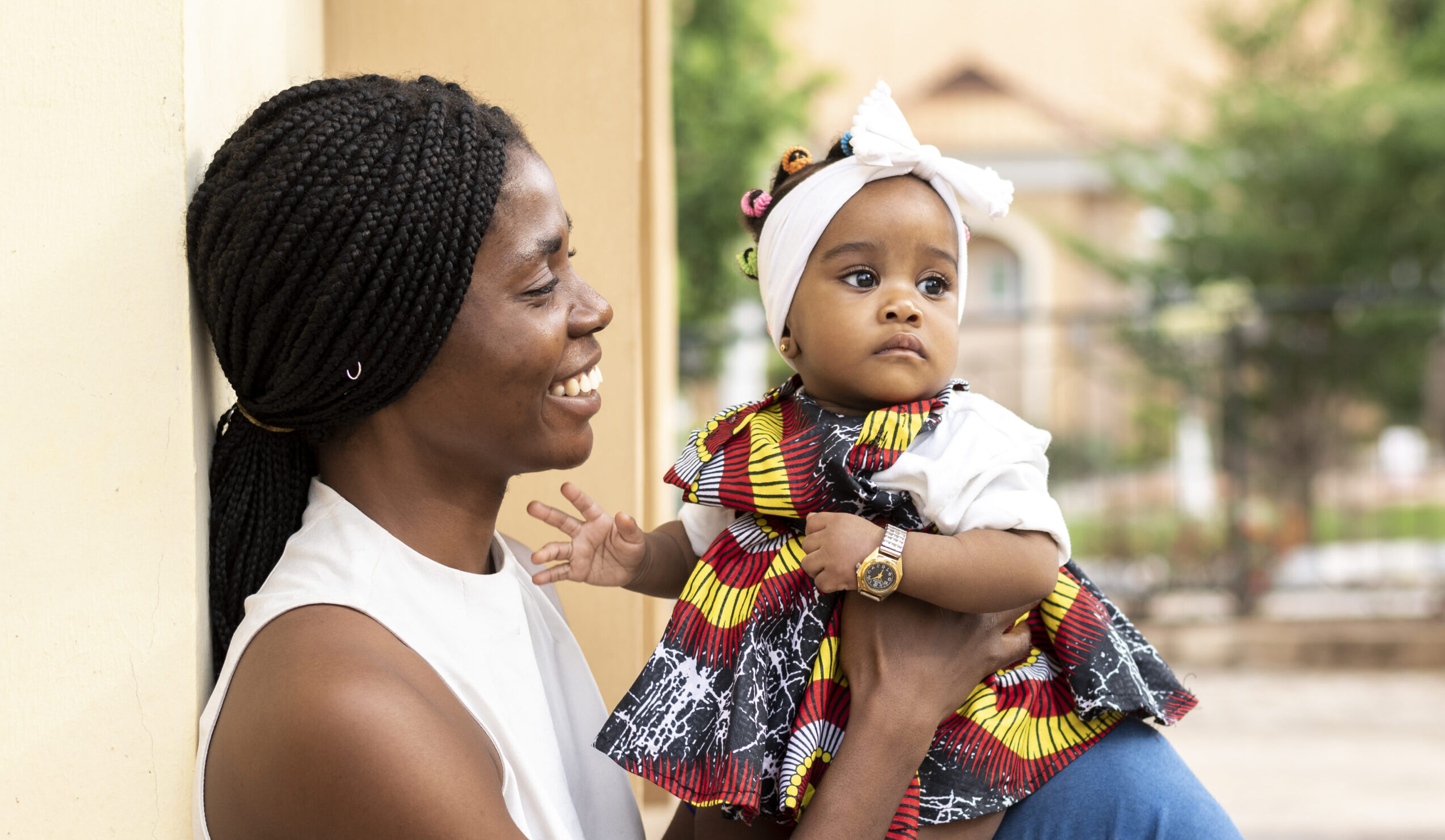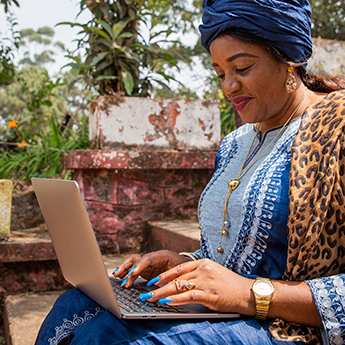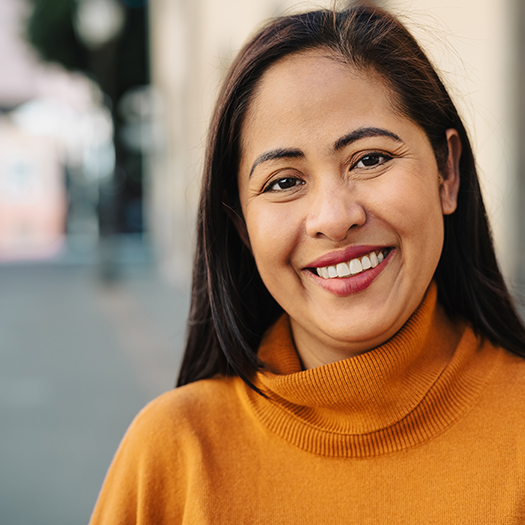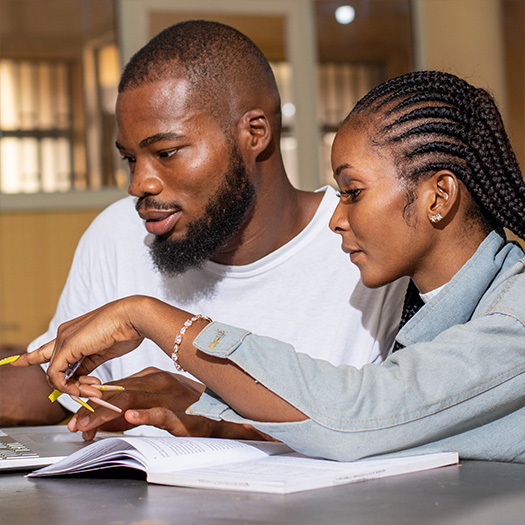
News
Getting to what works in adolescent sexual and reproductive health: FP2030 commitments can help
July 11, 2022
FP2030 in the Media
Previous

Nigerian Fed Govt, Rotary pledge to reduce materna...
Next

World Population Day: AHBN Tasks FG On Family Plan...
Source: FP2030
Topics:
Adolescents & Youth
Article by Venkatraman Chandra-Mouli, World Health Organization
Cate Lane, Independent Consultant
Helen Jackson, Independent Consultant
Countless papers, opinion pieces, and studies begin by stating that the current generation of adolescents is the largest in human history — and growing. In 2019, there were about 1.2 billion adolescents aged 15-24, and the adolescent population is expected to peak at nearly 1.4 billion by 2065, should it maintain the present trajectory. While the challenges for a youthful country are many, there are also opportunities, provided governments and the private sector invest adequately in the education, employment, and health of young people. The next eight years represent an unprecedented opportunity to bring about the transformational change that is needed to achieve both the Sustainable Development Goals and the vision of FP2030. However, it’s unlikely these goals will be fully attained without far greater efforts to meet the health needs and preferences of young people everywhere.
In many instances, nongovernmental organizations have been the first to respond to the needs of adolescents, especially with regard to early pregnancy and unsafe abortion. While NGOs continue their work, national and subnational authorities in many countries are increasingly involved, and a growing number of countries including India, South Africa, and Argentina are investing substantial resources in national programs to improve the prevention of HIV and other sexually transmitted infections, early marriage, unintended pregnancy, sexual and gender-based violence, poor nutrition, and other adolescent health outcomes. In addition, some are increasingly investing in education — particularly that of girls — which is essential to their long-term health and well-being.
Increased investment in adolescent contraception is a case in point. Many countries have publicly committed to FP2030’s goal of increasing women’s and adolescents’ access to and use of contraception. To facilitate the development of quality commitments, FP2030 developed tools and supported advocacy by young people to help countries develop quality adolescent and youth sexual and reproductive health (AYSRH) commitments, including comprehensive guidance that encouraged countries to do three things: establish meaningful partnerships with adolescents and youths during all phases of commitment making and implementation; obtain and use all available data on AYSRH and contraceptive use, including the effect of social and gender norms and cultural context on AYSRH in general, and on the most vulnerable and marginalized adolescents and youth, such as those with disabilities, trafficked, exposed to sexual and gender-based violence, or in humanitarian crises; and consider which evidence-informed approaches and partnerships (including those outside the health sector) are most likely to contribute to achieving the commitment.
The guidance was informed by a commentary that we wrote in 2015, with our UN Population Fund colleague Sylvia Wong, in Global Health: Science and Practice that looked at what doesn’t work in adolescent health programming. The commentary, the most downloaded article on the Global Health journal’s site that year, struck a nerve since many programmers and funders were significantly invested in the approaches that we asserted, on the basis of extensive evidence, didn’t work. The commentary was discussed at several FP2020 workshops, with nearly all participants struggling to accept the conclusions, since the ineffective approaches discussed in the commentary had comfortably settled in as “best practices.”
The FP2020 team — and now the FP2030 team — has continued to advocate with government, civil society, and youth-led organizations to abandon ineffective approaches and to better align evidence-informed approaches that prioritize vulnerable populations and address unmet needs. It has also pressed for implementing proven approaches with fidelity and intensity, because low-intensity or piecemeal program delivery over a short period of time, neglecting critical elements, does not achieve lasting results. For example, we know that comprehensive sexuality education and accessible, affordable youth-friendly sexual and reproductive health (SRH) services help adolescents acquire knowledge and adopt healthy behaviors — but only if these services are implemented with adequate attention to what makes them effective. These two approaches have been extensively implemented and evaluated, and the core criteria for — and barriers to — their success are well understood.
While progress has been made in improving AYSRH, progress has been uneven in terms of geography as well as programmatic outcomes. There are several reasons for this, including lack of attention to and limited investment in this area, as well as donors, governments, and international nongovernmental organizations continuing to fund and implement approaches that fail to change behaviors and outcomes. These include peer education programs to encourage safe sexual behavior, youth centers to increase contraceptive uptake, and high-level, one-off public meetings to change harmful practices such as child marriage or female genital mutilation. Such approaches may continue to appeal because they seem to provide a reasonable, quick fix to problems that are deeply rooted in social, cultural, and gender norms and practices, even though evidence disproves their effectiveness.
Over the past year, we conducted comprehensive reviews of the government commitments submitted to FP2030, and we applaud the efforts of governments to acknowledge the importance of AYSRH as part of their overall commitment. But as we reviewed the commitments, we found that many continued to propose ineffective approaches, suggested activities that did not align with available data, siloed rather than included adolescents and youth in their commitment objectives, and failed to dedicate adequate resources. And despite the lack of quality data on adolescents and youths in many countries — which commitment makers acknowledged was a significant challenge in developing an AYSRH commitment — few proposed efforts to improve data collection and age disaggregation as part of their commitment.
In an effort to streamline support to commitment-making countries, FP2030 drafted additional guidance that highlighted five priority missed opportunities and recommended specific actions for consideration by current and future commitment makers, as presented below:
Box: Supplementary AYSRHR Commitment Guidance for FP2030 Commitment Makers
| Missed Opportunity | Recommended Action | Positive Country Examples |
| Many commitments propose only one adolescent objective and fail to integrate adolescent-specific concerns throughout the commitment | Consider how the different commitment objectives and strategies could be leveraged to improve adolescent outcomes | Kenya, South Sudan, Rwanda |
| Root causes of adolescent pregnancy and childbearing are inadequately acknowledged or missing entirely | Use available data to align proposed approaches to the most vulnerable adolescents and youths, e.g., married adolescents or those who have experienced violence | Mauritania, Cameroon, Nigeria |
| Many commitments propose ineffective approaches to improving adolescent knowledge and encouraging behavior change | Use globally recognized high-impact practices and avoid approaches that have little evidence of effectiveness | Kenya |
| Few commitments propose actions to improve the availability and quality of data that are essential to develop effective programs and policies | Strengthen country capacity to collect and use age-disaggregated data in HMIS and surveys | South Sudan, Cameroon, Burkina Faso |
| Few commitments identify ways to partner with young people or with other sectors/ministries that work with youths | Strengthen partnerships with other ministries, especially those that focus on education and youths, and apply approaches that facilitate youth participation and partnership | South Sudan, Cameroon, Nigeria, Burkina Faso |
Although current commitments, including those cited above, may be imperfect, they still represent a seminal effort by many countries to publicly acknowledge the challenges of early pregnancy and childbearing and to propose solutions. The establishment of FP2030 regional hubs is an exceptional opportunity for FP2030 to enable stronger country-driven efforts to mobilize and implement more robust programs and policies to improve adolescent health through technical support that facilitates the implementation of these commitments. This should include more intentional efforts to implement integrated SRH services for adolescents and youths and greater programmatic attention to mitigating the influence of harmful social and gender norms, especially sexual and gender-based violence.
FP2030 hubs in Africa, Asia, and Latin America will be able to create stronger relationships with allies on the ground including youth leaders and organizations led by young people and will be able to convene stakeholders, broker technical support, and more fully hold countries accountable to improving adolescent health outcomes. We remain optimistic that there is real potential to bend the programmatic arc toward greater effectiveness and improved AYSRH outcomes if we can do a few things differently. For starters, we can be better “duty bearers” of the rights of adolescents and youths, do better at implementing what works, and understand better what facilitates success. As the world takes steps to emerge from the COVID-19 pandemic, it’s important that a return to normal not include a return to things that simply don’t work.








